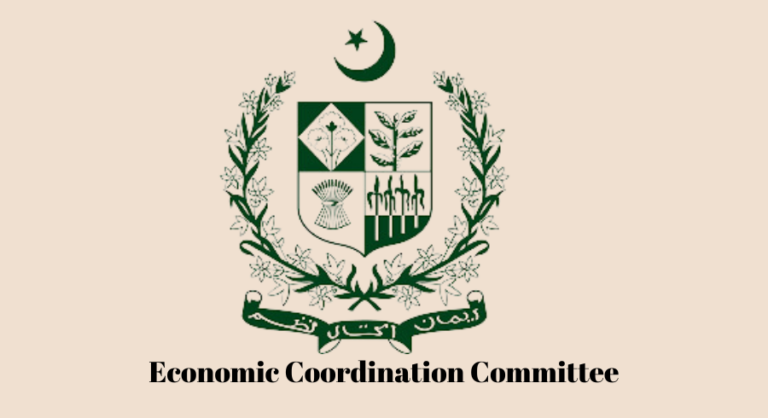
ISLAMABAD: The Ministry of Commerce has finalized a comprehensive report on the industrial competitiveness and export-led growth potential of Pakistan’s iron and steel sector, recommending tariff reforms and cost rationalization measures to bolster domestic production and unlock export opportunities.
According to industry sources, the Commerce Ministry’s report will be presented for approval of the Economic Coordination Committee (ECC) of the Cabinet, which is scheduled to meet on Friday.
In January 2025, the ECC had extended regulatory duties on certain finished flat steel products until March 31, 2025, and simultaneously tasked the Ministry of Commerce to conduct an in-depth analysis of the sector, including the impact of these duties. To fulfill this directive, the Ministry assigned the National Tariff Commission (NTC) to prepare a comprehensive study, which has now been completed and submitted for ECC’s review.
Sources quoting the report’s findings said that Pakistan’s iron and steel industry has continued to struggle with under-utilized production capacity, an increase in imports, and an inefficient tariff regime. These challenges are compounded by high energy and financial costs, which undermine competitiveness and hinder the growth of both domestic steel manufacturers and downstream industries, said sources.
The sources also said that despite significant installed capacity, the production trajectory for long and flat steel products has been inconsistent. Long steel production capacity increased from 7 million metric tons in FY2022-23 to 8 million metric tons in FY2024-25, yet actual production fell to 3.5 million metric tons in FY2023-24 before recovering to 5.4 million metric tons in the current fiscal year. Flat steel products such as color-coated coils, galvanized steel, and cold-rolled coils also exhibited low utilization despite adequate capacity.
As per sources, the report highlighted that billets and steel bars benefit from high tariff protection, with effective protection rates (EPRs) reaching up to 123.11 percent. While this protection supports domestic manufacturers, it also drives up costs for end-users and downstream industries, limiting competitiveness in export markets and affecting sectors such as construction, manufacturing, and infrastructure.
The report stressed that high protection levels, combined with elevated energy and financing costs and the ongoing economic slowdown, have contributed to inflated steel prices in the local market. To address this, the Ministry has proposed a range of policy recommendations aimed at creating a balanced and competitive tariff environment.
Among the proposals, the Ministry recommended reducing duties on basic raw materials—such as iron ore, scrap, direct reduced iron, and HMS—to zero percent, ensuring uninterrupted input supply and lowering production costs. It has also suggested aligning the duty structure of re-rollable scrap and billets/ingots, both considered secondary products.
As per sources, for finished products like rebars, wire rods, and alloy bars, which currently face a combined tariff burden of 23–56 percent, the Ministry has proposed removing Additional Customs Duties (ACDs) and reducing Regulatory Duties (RDs) to a maximum of 10 percent over the next three years. However, for flat steel products—such as cold rolled coils, galvanized sheets, and color-coated products—the report advised no change, given that their tariff structure is already at a lower and competitive level.
In the case of Hot Rolled Coils (HRC), which are not produced domestically, the Ministry has proposed a zero percent duty to provide cost-effective raw materials to downstream manufacturers.
Encouragingly, the report observed a positive trend in flat steel product exports, with Pakistan exporting cold rolled coils, galvanized, and coated sheets worth $363 million to markets such as the United States and Canada—underscoring the sector’s export potential if supported by the right policy environment.
It is also learnt from sources that the Ministry of Commerce has submitted the report to the ECC for formal approval, subject to alignment with the National Tariff Policy 2025–30. And, the Commerce Minister has seen and authorized the submission of this summary, which aims to steer the steel sector towards greater efficiency, enhanced exports, and a more sustainable role in the country’s economic development.
